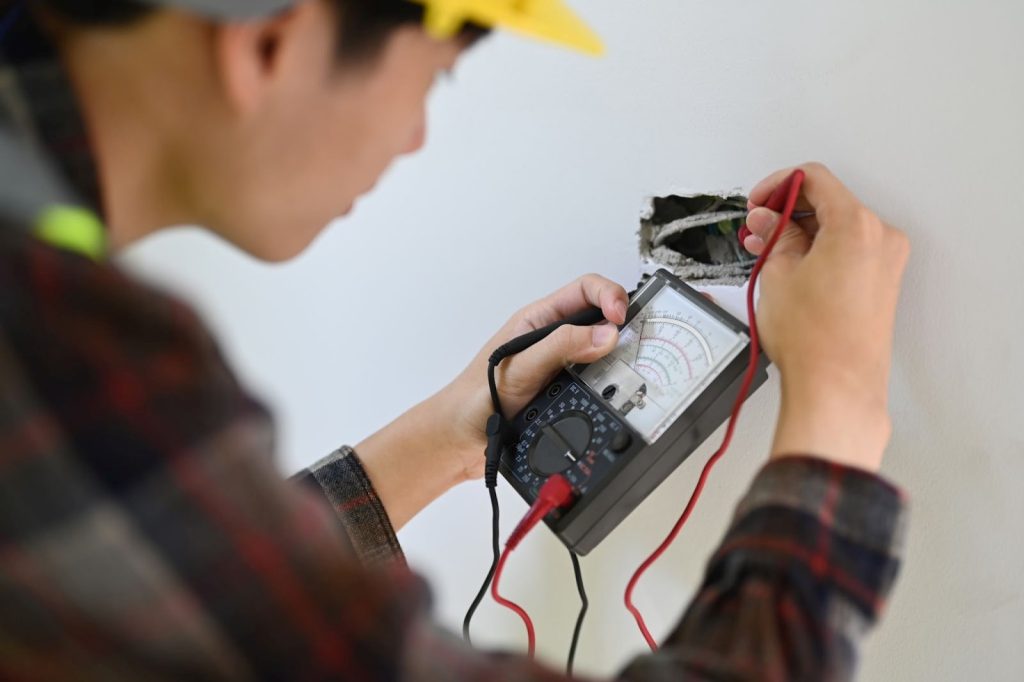Water is a source of vitality and drinking enough of it daily is important for our health. Drinking water not only prevents dehydration, but also conditions that lead to unclear thinking, mood swings, it also stops our body from overheating, and keeps away constipation and kidney stones. This liquid is a staple of healthy living and the quality of your drinking water should be a priority.
On the other hand, if you drink contaminated water you may be better off not drinking it at all. Millions of pathogens exist for the sole reason of making their way through your water system to weaken your immune system, and cases of Legionnaires’ disease are a primary example of this. To address potential Legionella contamination, regular risk assessments are recommended.
What is Legionella?
Legionella is the infamous bacterium that causes Legionnaires’ disease, a serious form of pneumonia. This lung infection is caused by inhaling contaminated water droplets. While its concentration is meek in nature, Legionella thrives in human-made water management systems and easily makes its way to residential and commercial faucets.
How long does Legionnaires’ disease take to develop in water?
To contract Legionnaires’ disease you must inhale the Legionella pneumophila bacteria, and the amount of time for this bacteria to take hold of your water system depends on various factors. Nevertheless, Legionella spreads quickly. In 2 days, 100 colony forming units (CFU) per litre can increase to levels of 10,000 CFU/ltr.
The factors that influence the presence of Legionella and that favours its development in water systems are:
- Biofilm
- Water main breaks
- pH fluctuations
- Water stagnation
- Scale and sediment
- Water temperature fluctuations
- Changes in municipal water quality
- Inadequate levels of disinfectant
- Changes in water pressure
- Construction
Legionella risk assessment cost
What happens if you drink stagnant water?
If you drink stagnant water that has been sitting in the pipes of a water system for a prolonged period, the risk of Legionella pneumophila infecting your lungs is much higher than usual.
Stagnant water in pipes stimulates biofilm growth, reduces the water temperature and levels of disinfectant, which is perfect for Legionella. Take the time to consider the flow of water in your building to identify areas of risk where water may become stagnant.
Can I get Legionnaires’ from drinking water?
While you can’t develop Legionnaires’ disease by drinking Legionella contaminated water, it is possible for a water droplet to reach your lungs by accidentally choking or by inhaling aerosol water coming out of your faucet as you fill up your glass. While on paper you can’t get Legionnaires’ disease from drinking contaminated water, there are some occasions where such a situation could be possible.
How often should water systems be checked for Legionella?
How can you tell if you have Legionella in water?
There are a few different ways to test for Legionella in water, but we recommend contacting a water hygiene professional who will send a water sample to a lab. It is strongly advised that you get a professional to test for Legionella because a DIY test is not guaranteed to be reliable.
When the risk assessment is carried out by a water specialist, he takes samples from all the faucets in your home, which are then forwarded to a lab for testing. If he uses the standard lab culture approach, you’ll have to wait for a culture to establish in the lab, which means your results will most likely take 7 to 10 days to arrive.
PCR testing, which is used to detect Coronavirus, can also be used to test your water for Legionella. These tests normally take 24-48 hours to complete, which is great if you have suspect Legionella in your water system and need to know as soon as possible.
How do you get rid of Legionella in water?
To get rid of Legionella in water you must call a professional to assess if your water is contaminated. If it is contaminated, he will recommend a water treatment adapted to your situation. A water softener is generally recommended for public water systems that are contaminated but sometimes a commercial chlorine treatment suffices.
Professional risk assessment
A risk assessment is the first step to eliminate Legionella threats in your building’s water system. A Legionella risk assessment will identify any potential hazards and provide suggestions on how to mitigate those risks.
Our Legionella experts work with business owners and individuals in charge of waterborne pathogen control in the workplace to assist them in protecting their employees and meeting health and safety requirements. We help people stay safe by providing expert Legionella risk assessments, independent compliance auditing, training courses, expert witness support, and other environmental risk management services.
Inspect your water system
To gain a better understanding of your water systems, you need to have a plan of the system, including every outlet, pipe, and other features. This diagram is a simplified picture of your water systems that serve as a blueprint for identifying areas where Legionella risks are higher than normal.
The schematic drawing, for example, may indicate one or two forgotten dead legs, which cause water to stagnate. If your water system requires an important modification such as a change of boiler, or adding a new water circuit, you should contact a plumber. Plumbing regulations exist to minimise jerry-rigging and the health consequences such modifications entail.
Eliminate Legionella risks
Once Legionella hazards have been identified, efforts can be made to reduce or eliminate the risks associated with those areas. If certain pipes are no longer in use, they should be removed since they encourage stagnant water and the formation of biofilms on surfaces inside the water system.
Similarly, seldom utilised water outlets increase the likelihood of stagnant water accumulating inside the system. Letting the water run is critical to alleviating stagnant water issues. If there’s a rancid smell coming from the drain of your sink, make sure to clean the P-trap. Regular maintenance of your water system will reduce the presence of Legionella.
Monitor water temperature
Controlling water temperatures is critical to keep Legionella at bay in your water systems. Cold water should be kept cold (below 20°C) and hot water should be kept hot (above 50°C in homes and above 55°C in hotels and healthcare facilities) for all outlets, as a general rule.
Water temperature control may also include the installation of thermostatic mixing valves (TMVs) to guarantee that the water is not overly hot in taps, showers, and other fixtures, depending on the building and its use.
Regular maintenance, cleaning, and disinfection plan
It’s important to put in place a regular Legionella maintenance, cleaning, and disinfection plan to maintain the quality of your water source. The advice of a professional water hygienist should be followed to the letter, especially if your samples came back positive for Legionella.
The Legionella bacteria can be kept at bay by disinfecting your water system. This treatment also helps reduce the quantity of biofilm on the surface, as well as eliminate any dead legs or unused outlets. In many circumstances, a water filtration system can also aid in the prevention of Legionella.
Because water enters the system from outside sources, it may include bacteria, debris, and other components that foster the development of biofilm. Installing a water filtration system is often the ultimate solution if your water management system is Legionella contaminated or if your municipality is known to have hard water.
Carry out regular testing
Too many water sources are corrupted by pathogens. Water quality tests, particularly for Legionella, should be documented to provide a complete record of all actions performed to maintain and protect your water system. Water testing can assist you in ensuring that the Legionella management procedures in place are effective.


